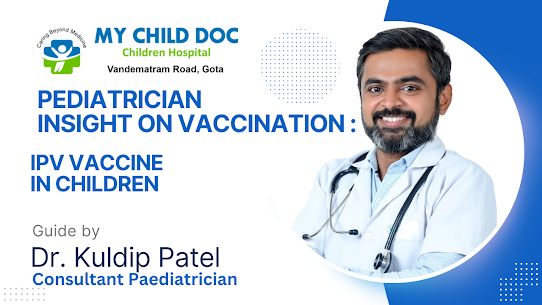Subtotal $0.00
Inactivated Polio Vaccine (IPV) in Children: Essential Information for Parents Injection Site & Route The IPV vaccine is administered via an intramuscular injection, typically in the thigh (for infants) or the upper arm (for older children).
What Does IPV Protect Against? Polio: IPV protects children from poliomyelitis (polio), a highly contagious viral disease that can cause paralysis or death.
Schedule First Dose: Given at 6 weeks of age.
Second Dose: Administered at 10 weeks.
Third Dose: Given at 14 weeks. Booster Dose: A booster is recommended at 5 years to ensure long-term protection.
Benefits of IPV Safe & Effective: IPV is a safe and effective way to protect against polio without the rare risk of vaccine-derived polio associated with the oral vaccine (OPV).
Prevents Paralysis: By protecting against polio, IPV prevents permanent paralysis and other serious complications of the disease.
Community Protection: When many children are vaccinated, the entire community is protected through herd immunity.
Side Effects Mild Reactions: Side effects include pain or swelling at the injection site and mild fever.
Rare Reactions: Serious allergic reactions are extremely rare. IPV is a crucial part of your child’s immunization schedule, helping protect them and the community from the serious dangers of polio. Ensure timely vaccination for full protection.

